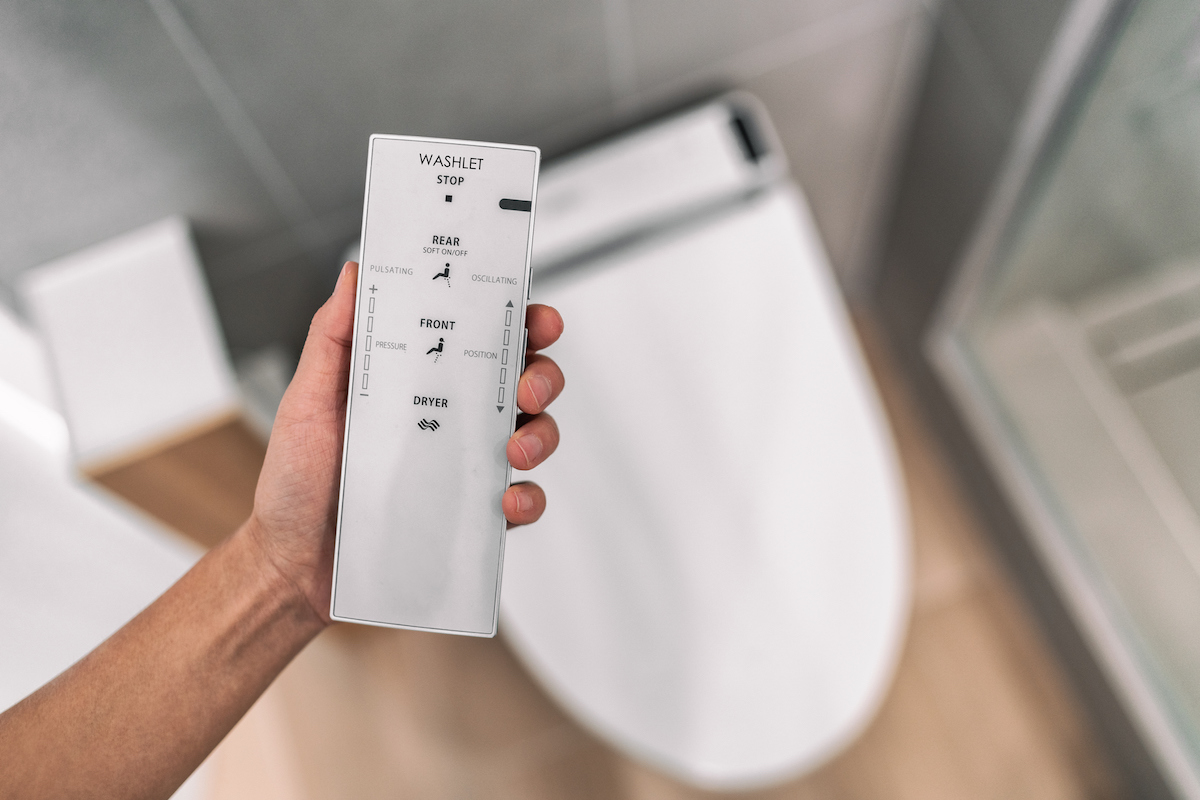<< Back
10 Things You’ll Need to Get Through a Second Wave of COVID-19

September 23, 2020
Haven’t we been through this before? If a second wave of COVID-19 arrives this fall, as expected, we’ll be ready.
Here’s a checklist for all us stay-at-home types:
1. Exercise Equipment
Exercise is good for the mind and body, especially during an inordinate of at-home time. If you can’t go to the gym, make sure you have whatever exercise equipment you need, whether it’s a $2,000 exercise bike or a set of $29 exercise bands.
“The American Heart Association recommends adults get at least 150 minutes of moderate-intensity or 75 minutes of vigorous aerobic activity per week,” says Amanda Zaleski, PhD, an exercise physiologist with the Department of Preventive Cardiology at the Heart & Vascular Institute at Hartford Hospital, “plus moderate- to high-intensity muscle strengthening activity two to three days a week.”
Free weight sales have spiked 181 percent, yoga mat sales 146 percent since the pandemic began, according to data from the NPD Group.
Try a daily walk. It costs nothing.
2. Humidifier
A new, peer-reviewed study by researchers from the University of Sydney (Australia) and the Fudan University School of Public Health in Shanghai estimated that for every 1 percent decrease in relative humidity, COVID-19 cases can increase by 7 percent to 8 percent. A 10 percent drop in relative humidity could double COVID-19 infections, the researchers said in the study published in Transboundary and Emerging Diseases.
Airborne particles are smaller in dry air and low humidity. Infectious particles produced by a sneeze or cough remain in the air longer, increasing the risk of exposure to other people. Increasing the humidity makes the infectious particles both bigger and heavier, causing them to drop from the air and land on hard surfaces.
Monitor humidity levels in your home with an inexpensive hygrometer.
3. Air Purifier
The Environmental Protection agency says portable air cleaners and HVAC filters on forced-air heating systems cannot singlehandedly protect people from getting COVID-10. But: “When used along with other best practices recommended by the Centers for Disease Control and Prevention and others,” the EPA says, “filtration can be part of a plan to protect people indoors.”
4. Pulse Oximeter
COVID-19, a respiratory disease, prevents the lungs from circulating oxygen properly through the body. A pulse oximeter, using beams of light through the finger, calculates the oxygen level in red blood cells based on light absorption.
5. Thermometer
Thermometers, digital or infrared, were hard to find during the first wave. No wonder: Fever is typically the first indicator of COVID-19.
6. Bidet Toilet Seat
So your neighbors have run out of toilet paper again? What a pity. Invite them to try your bidet toilet seat, the Americanized adaptation of the European bidet that greatly reduces, even eliminates, the amount of toilet paper you’ll use. These seats, easily installed, start at about $30. At close to $250, you’ll get internal water heaters, heated seats, warm-air dryers and a remote control. For these models, you’ll need a nearby electrical outlet.
7. House Plants
A 1989 study by a NASA scientist bestowed almost mystical powers to common houseplants believed to remove an indoor air pollutant known as volatile organic compounds, or VOCs. These compounds are released by almost anything that smells, whether house paint, shampoo or nail polish.
Subsequent research found that maybe houseplants aren’t such great air-purifiers and oxygen-producers. But they remain a powerful link to the outdoors during winter, a feel-good psychological boost that should not be underestimated.
Here are 10 suggestions:
- Areca Palm.
- Aloe Vera.
- English Ivy.
- Dwarf Date Palm.
- Boston Fern.
- Chinese Evergreen.
- Peace Lily.
- Spider plant.
- Lady Palm.
- Weeping Fig.
8. Baking Supplies
America baked its way through the first wave, so why not the second? (Please, someone make a carrot cake!) Buy now before the holiday rush on cookie, pie and cake ingredients.
“Baking can be a very grounding activity,” said Dr. Laura Saunders of the Institute of Living, part of the Hartford HealthCare Behavioral Health Network (BHN). “It requires precise measurement and sustained attention. Measuring precisely keeps us focused in the present so we aren’t thinking or worrying about the past or future.”
9. Pantry Items
Start making your list: coffee, canned goods (diced tomatoes and black beans are a nutritious meal waiting to happen), broth for soup and anything else that will help you through the winter. Remember, you’re stocking the pantry, not hoarding.
10. COVID-19 Supplies
Keep a reasonable supply of hand sanitizer, disinfectant wipes, masks and household cleaners. The latter has become especially hard to find. But the EPA recently approved the more readily available Pine-Sol multi-surface cleaner after third-party laboratory testing proved the cleaner’s effectiveness against the virus on hard, nonporous surfaces.